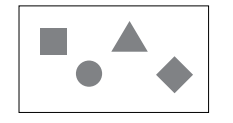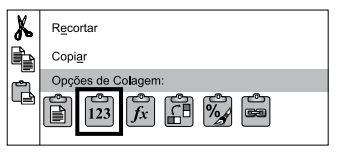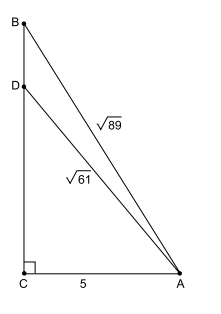Questões de Concurso
Para prefeitura de serrana - sp
Foram encontradas 1.389 questões
Resolva questões gratuitamente!
Junte-se a mais de 4 milhões de concurseiros!
Para a produção desse tipo de gesso, o sulfato de cálcio di-hidratado é aquecido em um recipiente aberto. A água é liberada e o di-hidrato é convertido em hemi-hidrato, conhecido como sulfato de cálcio calcinado. O material resultante consiste em partículas grandes, porosas e irregulares, que não se compactam muito bem.
Tais afirmações correspondem ao gesso tipo
Instrumentos de aço inoxidável que são utilizados em ceroplastia. Um possui duas lâminas não cortantes, sendo uma em forma de lança e outra em forma de colher rasa. O outro tem dois segmentos sulcados em hélice (como parafuso), e nas extremidades, duas lâminas (uma cortante em forma de faca e outra em forma de minúscula concha).
São características, respectivamente, de
Um usuário acabou de abrir uma apresentação no Microsoft
PowerPoint 2010, em sua configuração padrão.

Assinale a alternativa que indica a sequência correta para configurar uma animação de entrada no triângulo que dure 2 segundos.
I. Alterar a duração da animação para 2 segundos, na caixa Duração, no grupo Intervalo.
II. Abrir a guia Animações.
III. Clicar no ícone Aparecer, no grupo Animação.
IV. Selecionar o triângulo.
 Finalmente, gravou e fechou a planilha. Dois dias mais
tarde, às 10:40:00, o usuário abriu a planilha.
Assinale a alternativa que indica o conteúdo que será exibida na célula A1.
Finalmente, gravou e fechou a planilha. Dois dias mais
tarde, às 10:40:00, o usuário abriu a planilha.
Assinale a alternativa que indica o conteúdo que será exibida na célula A1.Tem-se uma imagem que ilustra um documento de 1 página e 10 linhas, criado no Microsoft Word 2010, em sua configuração padrão, com a identificação das linhas à esquerda.

Assinale a alternativa que indica a formatação aplicada
apenas nas linhas 6, 7 e 8 para que tenham a aparência
exibida anteriormente.
O Senado Federal seguiu a Câmara dos Deputados e também aprovou o Decreto Federal nº 9.288/2018, que autoriza a intervenção federal no Rio de Janeiro. Com a decisão de ambas as casas legislativas, o comando da segurança pública do Estado permanece transferido às Forças Armadas até 31 de dezembro de 2018.
(https://bit.ly/2ka9Yzz. Acesso em 14.04.2018. Adaptado)
Em razão da referida intervenção, está correto afirmar que
A menor inflação em duas décadas pode representar a consolidação de uma era de preços mais comportados no Brasil. Essa é a análise de economistas, após o IBGE divulgar nesta quarta-feira [10.01.2018] que o Índice de Preços ao Consumidor Amplo (IPCA) encerrou 2017 em 2,95%, menor patamar desde 1998 (...).
(https://glo.bo/2rSmFlX. Acesso em 15.04.2018. Adaptado)
A redução registrada, no período medido, teve como uma
das explicações

A área do triângulo ABD, em cm2 , vale